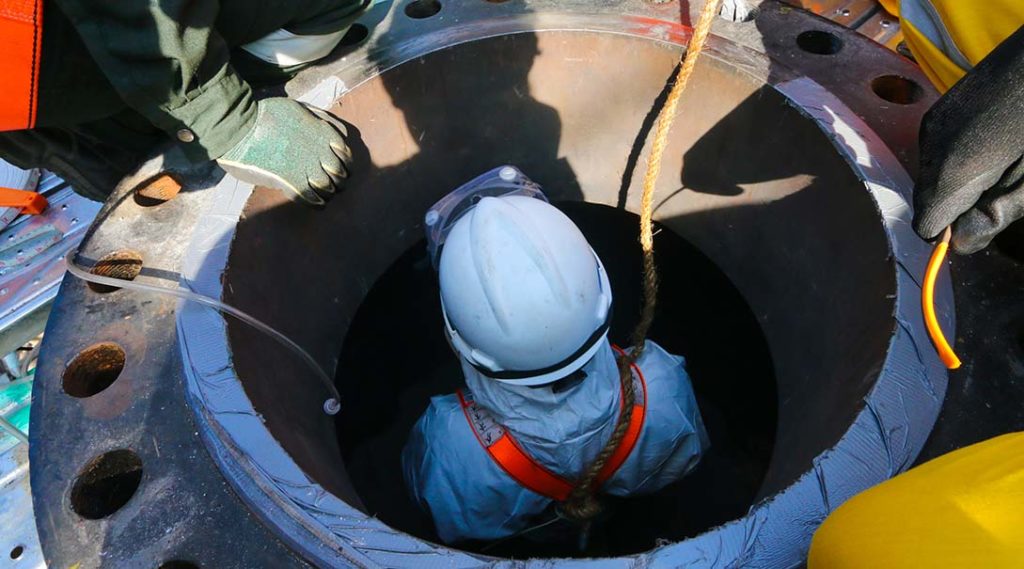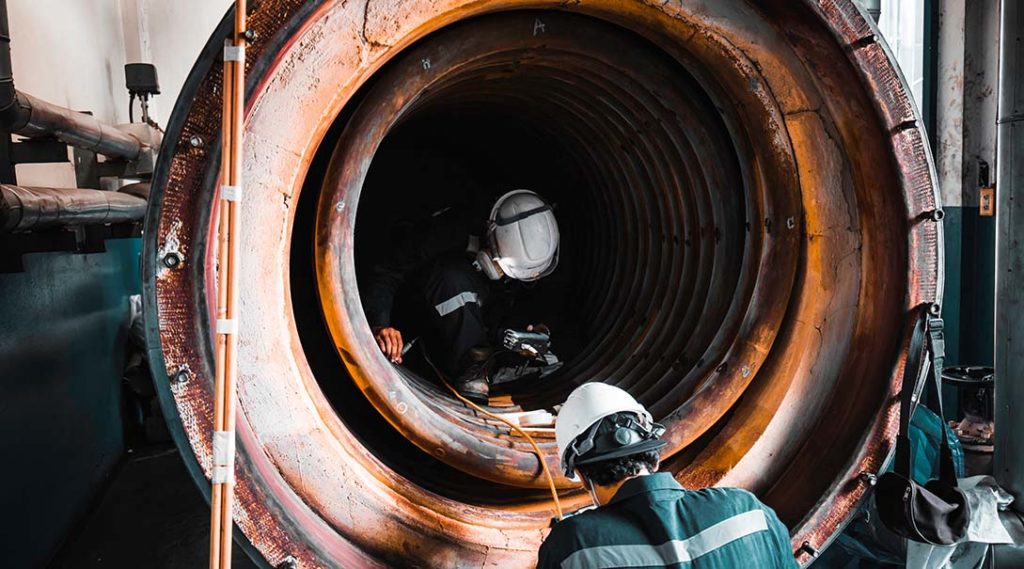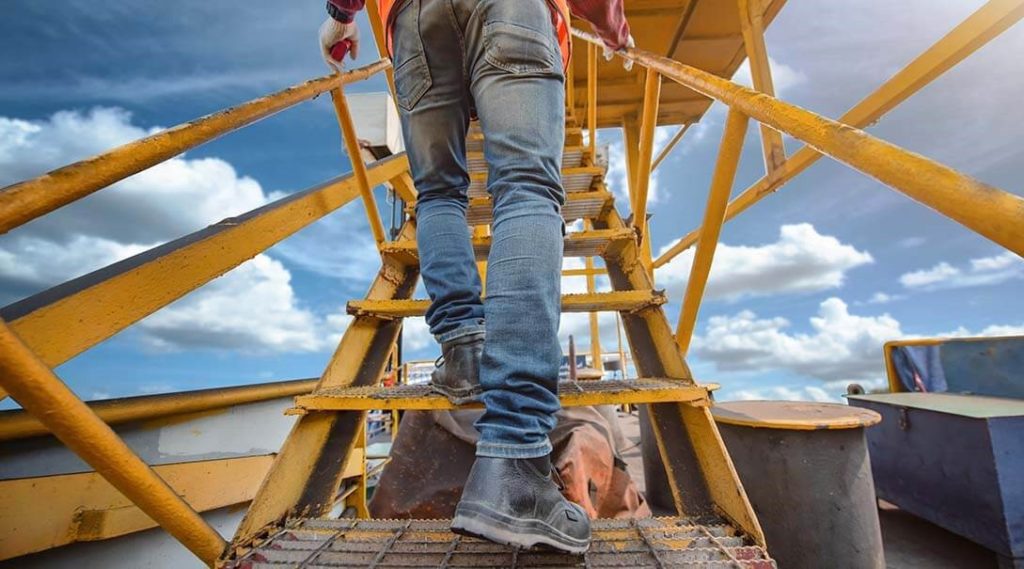Protecting your workers from harm is among the most important responsibilities of any business owner or team leader. However, it’s important to account for the types of accidents your employees are most likely to be involved in when determining how you will keep them safe on the job.
For example, injuries and deaths resulting from falls are particularly common in power plants. Don’t underestimate the potential severity of falling accidents in the workplace. According to the CDC, in 2019, 888,220 American workers sustained injuries resulting from falling accidents that were serious enough to prevent them from immediately returning to work.
If there is even a minor chance that your employees’ work can put them at risk of being injured in falling accidents, you need to develop and implement a fall protection plan. This overview will explain how to do so.
What Is A Fall Protection Plan?
A fall protection plan is what it sounds like: a formalized plan that addresses what all team members can do to minimize the chances of falling accidents occurring. You should ensure anyone who supervises employees who work from heights is thoroughly familiar with the details of this plan. You should also provide training and resources to your employees to further ensure they are also aware of what they can do to protect themselves and one another.
What Should A Fall Protection Plan Include?
Because the ideal fall protection plan for one organization can potentially be different from the best plan at another organization, you should not consider the following to be an exhaustive list of all the details your fall protection rescue plan should address. That said, a general fall protection plan checklist will typically include: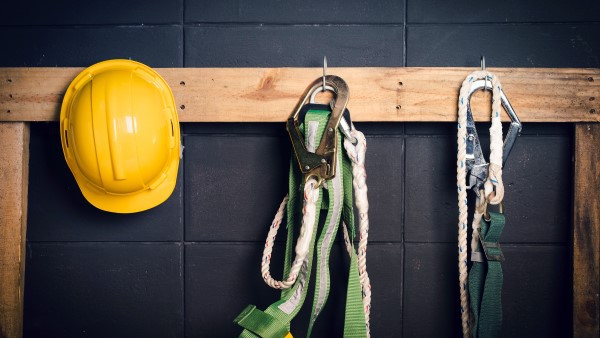
- An assessment of hazards and risk factors that can cause falling accidents
- A list of the safety equipment that must be used when working from heights (and, if necessary, detailed instructions on how to properly use said equipment)
- Procedures for assembling, handling, and otherwise working with fall protection systems
- Procedures for maintaining and storing any equipment involved in fall protection
- A fall protection rescue plan, which will address how to respond promptly when falling accidents do occur
It’s also very important that a fall protection plan be accessible by all employees whenever they need it. Along with providing hard copies of your plan, you should also upload it to your internal documents database so that employees can download it at any time.
You may need to develop multiple “mini-plans” for the various types of job sites your workers operate in as well. If the hazards your employees may encounter or be exposed to vary from one job site to another, it’s smart to consider this when developing a plan for keeping them out of harm’s way.
What Are The Categories Of Fall Protection?
OSHA has established multiple categories of fall protection and fall protection plans. They include:
- Fall arrest: This category of fall protection applies to the equipment and systems (such as harnesses) that employers should use to reduce the chances of falling accidents happening.
- Positioning: This category of fall protection complements the fall arrest category. Ideally, your fall arrest equipment and systems should allow employees to work comfortably (ideally with both hands) while remaining safe.
- Retrieval: This category specifically addresses fall protection rescue plans. If an employee is injured in a falling accident, the sooner they receive medical attention, the better their odds of recovering swiftly. As such, a fall protection rescue plan should ensure that there are officially established ways of quickly assisting employees who’ve sustained injuries after falling from heights.
- Suspension: It’s often necessary for workers to easily lower themselves to floor levels when working from heights. The suspension category of a fall protection plan addresses this.
When deciding what does and doesn’t belong in a fall protection plan, your main goal is to be thorough. Often, the more detail you include, the better.
What Is A Fall Protection Rescue Plan?
To elaborate on the previous point, think of a fall protection plan as if you were a parent. Many families teach their children how to properly remove themselves from danger if a fire in the home should ever occur. They hopefully will never find themselves in this type of situation, but it’s important to be ready nonetheless.
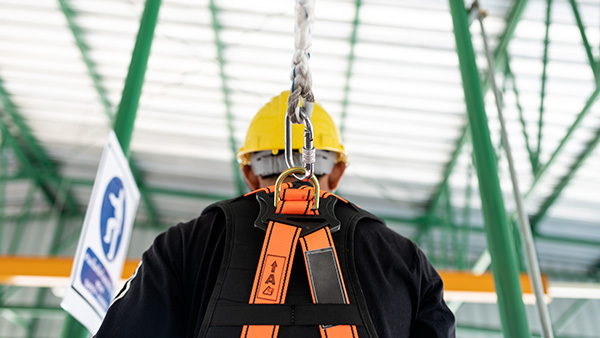 Fall protection serves a similar purpose. When falling accidents occur, there need to be standardized ways for both employees and team leaders to reach anyone who may have been injured.
Fall protection serves a similar purpose. When falling accidents occur, there need to be standardized ways for both employees and team leaders to reach anyone who may have been injured.
Implementing a fall protection rescue plan is important for several reasons. The key reason is very simple: employers and supervisors naturally have a duty to maximize workplace safety. Also, it’s been shown that employees are more likely to be engaged at work when they know their employers are taking steps to protect them. Implementing a strong fall protection plan can also help an organization avoid fines and other such penalties.
Does OSHA Require A Fall Protection Rescue Plan?
OSHA requires fall protection when employees work at elevations of: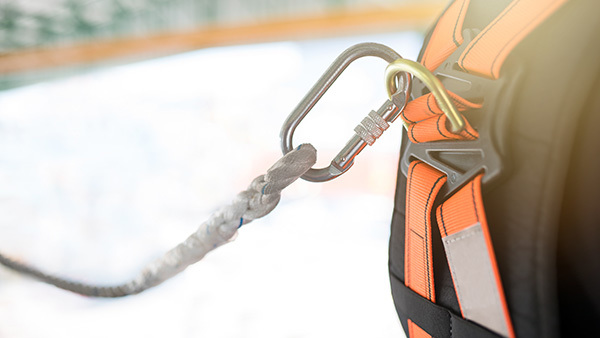
- Four feet or more in general industries
- Five feet or more in shipyards
- Six feet or more at construction sites
- Eight feet or more in longshoring operations
The fact that OSHA may not technically require you to implement a fall protection rescue plan if your organization doesn’t fit into one of these industries or niches doesn’t mean you shouldn’t do so anyway. The rewards of guarding against falling accidents in the workplace will significantly outweigh the time and money you might need to spend developing a plan.
How Do I Write A Fall Protection Plan?
Again, because every company is unique, you must consider the specific work your employees are engaged in when writing a fall protection plan. The ideal fall protection plan for one organization might not necessarily serve the needs of another.
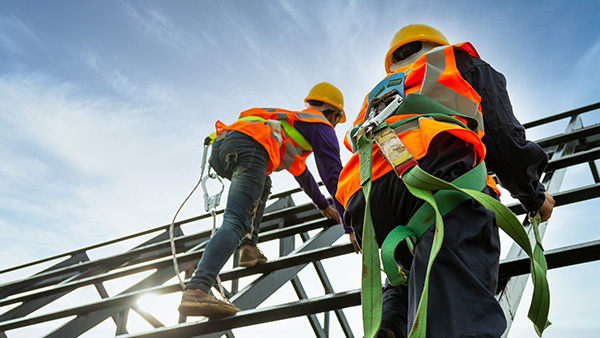 Additionally, you must remember that you can always update and amend your plan. While your main goal is to prevent workplace falling accidents from happening in the first place, if they do, you should at least learn from them to determine how you can improve your current approach to fall protection.
Additionally, you must remember that you can always update and amend your plan. While your main goal is to prevent workplace falling accidents from happening in the first place, if they do, you should at least learn from them to determine how you can improve your current approach to fall protection.
That said, OSHA does offer examples of standardized fall protection rescue plans that you might refer to when developing your own. Although it’s likely you’ll need to make some changes or additions to these examples to ensure your plan is suited to your organization, you can at least use them to help you begin writing one.
Fall Protection Training
Once more, a fall protection plan can only be effective if all employees who work from heights (or supervise those working from heights) are familiar with its details and recommendations. Thus, it’s wise to require employees to participate in fall protection training programs.
You don’t need to develop these programs on your own. In fact, you probably shouldn’t. It’s best to enlist the help of experts when offering safety training to employees.
At Salvation Safety, we specialize in helping team leaders and business owners keep their workforces safe. We’ll thoroughly train your workers, giving you the peace of mind that comes from knowing you’ve done what you should to limit their chances of being injured in workplace falling accidents. Call us today at (321) 735-8155 to learn more about what we can do for you.



